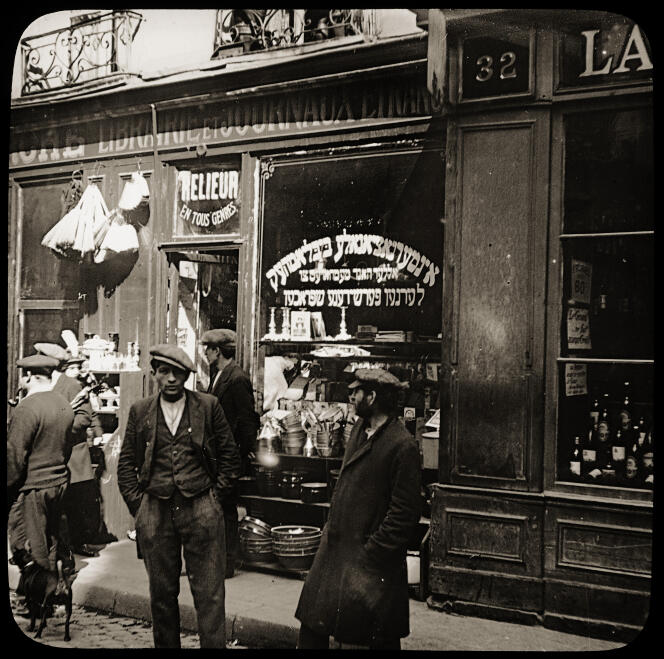“Jewish History of France”, under the direction of Sylvie Anne Goldberg, Albin Michel, 1,086 p., €49.90.
One hundred and fifty authors, from universities around the world, in all disciplines – history, sociology, political sciences, religious sciences, philosophy, anthropology, law, literature, art, musicology… A clever alternation of scales, from long time to focus on a person, a work, a historical episode, allowing us to tell two millennia of a complex story in an accessible and engaging way. The documentary richness of a sumptuous iconography. A coherent statement, across the great diversity of subjects covered. By all its dimensions, Jewish history of France is an event. To understand its nature and scope, “Le Monde des livres” brought together its designer, Sylvie Anne Goldberg, director of studies emeritus at the School of Advanced Studies in Social Sciences, and one of the members of the editorial committee, Paul Salmona, director of the Museum of Art and History of Judaism (MAHJ), in Paris.
Large collective sums often serve to mark a stage in the evolution of historical approaches. To what extent does this book reflect a rupture?
Sylvie Anne Goldberg: The usual ways of presenting the history of Jews, in France and elsewhere, as isolated, independent and detached from the rest of the populations among whom they live, are frustrating. The challenge, in my eyes, was to integrate Jews as much as possible into the historical and geographical contexts in which they participated. A number of Jewish historians have sought, since the 19the century, to highlight the contributions of Jews to civilizations, often with an apologetic concern. I wanted to shift the focus, be less interested in their contributions than in their participation, show how, from Antiquity to the present day, Jews have been an integral part of the cultures and thoughts that have developed in this territory. . This is what justifies the title: we tell a story of France, focusing on its Jewish dimension.
Paul Salmona: It must be added that this project is of unprecedented ambition, both in terms of the volume – more than a thousand pages –, the number of collaborators, the iconographic richness and the breadth of the chronological spectrum. One of the new features is the place given to the Jewish presence in Antiquity and the Middle Ages, which is often overlooked. There were Jews in Gaul even before the destruction of the Temple by Titus in 70 CE.
You have 85% of this article left to read. The rest is reserved for subscribers.
